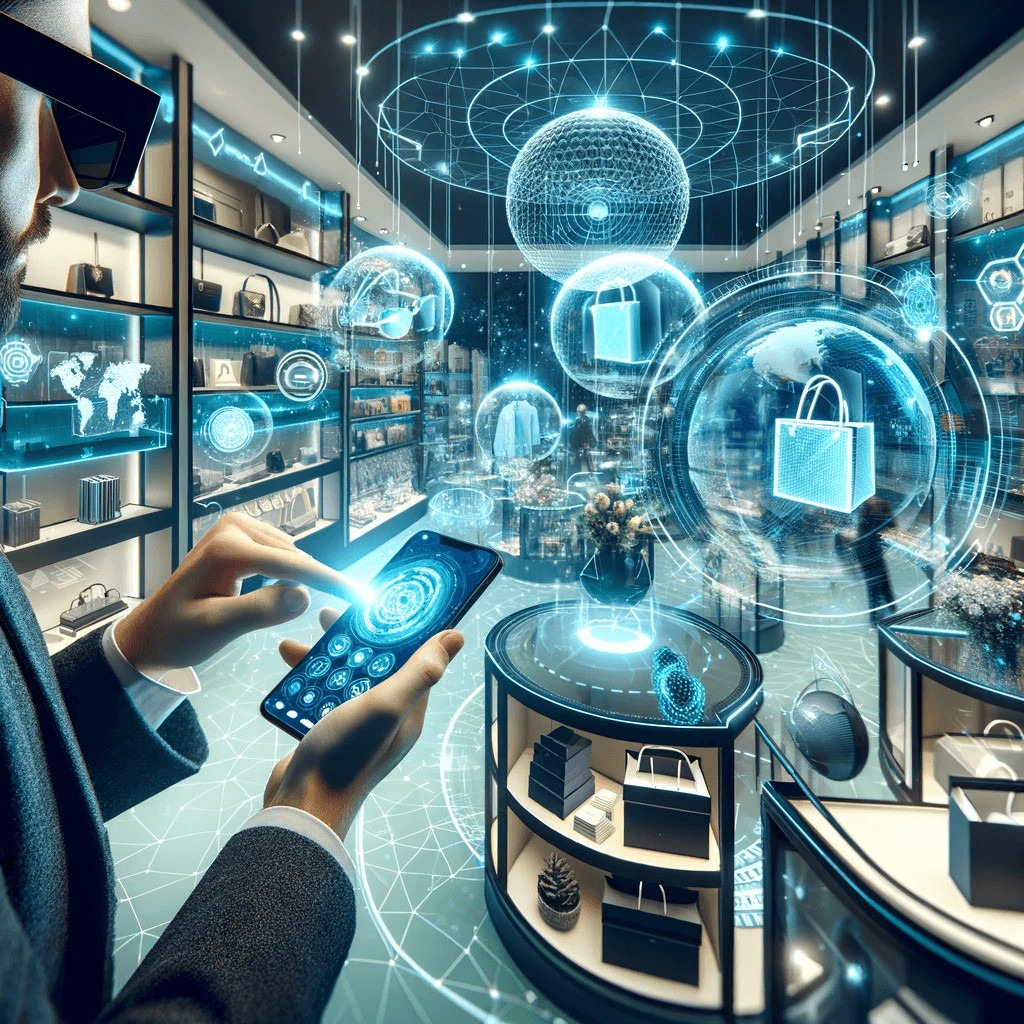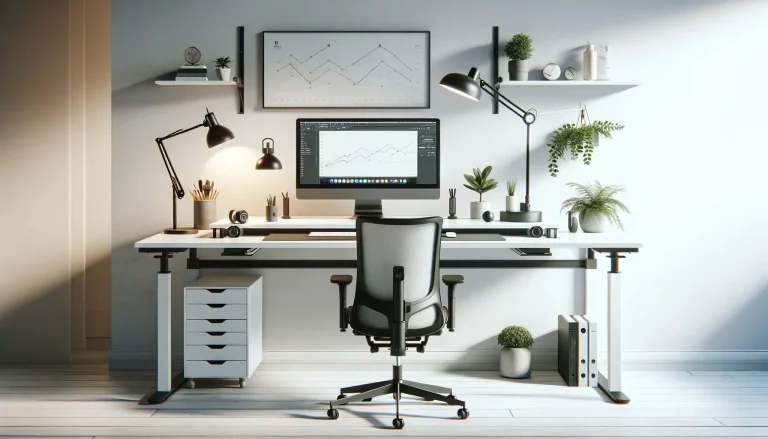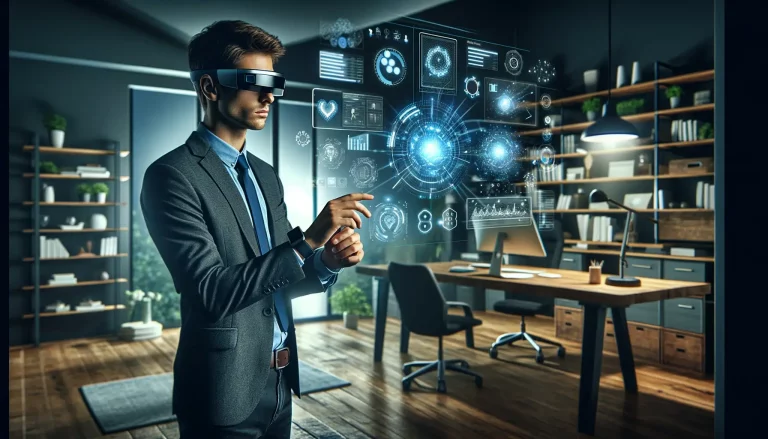In the ever-evolving landscape of retail, augmented reality (AR) is poised to significantly alter how we discover, interact with, and purchase products. This innovative technology blends the digital and physical worlds, offering a futuristic shopping experience that’s both immersive and interactive. As we stand on the brink of this new retail era, let’s explore how AR is transforming shopping, making it more personalized and engaging for consumers around the globe.
The Current State of AR in Retail
AR technology has made significant strides in recent years, with retailers experimenting with various applications to enhance the shopping experience. From virtual try-on apps for clothing and accessories to interactive 3D models of furniture that customers can place in their homes, AR is making shopping more interactive and decision-making more informed.
How AR Enhances the Shopping Experience
Personalization: AR offers tailored shopping experiences by understanding customer preferences and showcasing products that align with their tastes and needs. Immersive Try-Ons: Virtual try-ons allow customers to see how products look on them or in their space before making a purchase, reducing uncertainty and improving satisfaction. Interactive Displays: AR transforms static product displays into dynamic, interactive presentations, providing detailed information, and demonstrating product features in a compelling way.
Retailers Leading the AR Revolution
Many forward-thinking brands are already leveraging AR to connect with their customers in novel ways. For example, furniture giants like IKEA offer apps that let users visualize how pieces would look in their homes. Fashion and beauty brands use AR for virtual fitting rooms and makeup trials, offering a no-risk way to try before you buy.
The Future of AR in Retail
As AR technology continues to advance, we can expect even more innovative applications in retail. Future possibilities include enhanced in-store experiences where AR guides can lead customers to products, offer personalized recommendations, or even provide navigation through complex stores. Additionally, as social distancing becomes part of our new normal, AR could play a crucial role in blending the convenience of online shopping with the tactile satisfaction of the in-store experience.
Overcoming Challenges
Despite its potential, AR in retail faces challenges, including technological limitations, high development costs, and consumer privacy concerns. Overcoming these obstacles will require collaboration between tech developers and retailers, as well as clear communication with customers about how their data is used.
Conclusion
Augmented reality is not just transforming the retail industry; it’s redefining the shopping experience. By making it more personalized, immersive, and interactive, AR technology is creating a future where shopping becomes a seamless blend of the digital and physical worlds. As we look ahead, the continued evolution of AR promises to bring even more innovative solutions to the forefront of retail, making the future of shopping brighter and more exciting than ever.
Retailers and consumers alike stand to benefit from embracing AR technology, as it offers new ways to engage, inspire, and connect. The journey into the augmented future of retail is just beginning, and it promises to be a thrilling ride.






